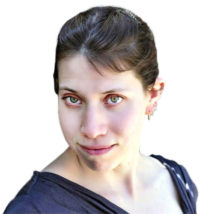
Bethany Brookshire was a longtime staff writer at Science News Explores and is the author of the book Pests: How Humans Create Animal Villains. She has a B.S. in biology and a B.A. in philosophy from The College of William and Mary, and a Ph.D. in physiology and pharmacology from Wake Forest University School of Medicine. She was a 2019-2020 Knight Science Journalism Fellow at MIT, the winner of the Society for Neuroscience Next Generation Award and the Three Quarks Daily Science Writing Award, among others.

All Stories by Bethany Brookshire
-
 Space
SpaceScientists Say: Orbit
An orbit is the path one object in space takes around another, such as a planet, star or the center of an atom.
-
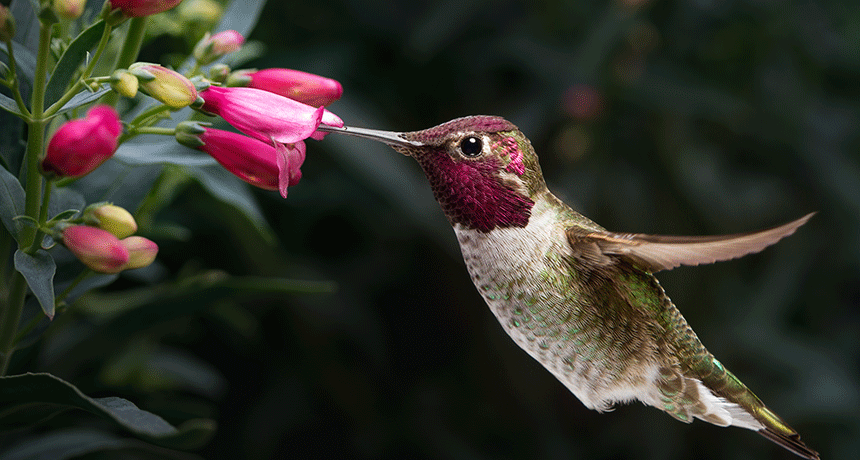 Plants
PlantsScientists Say: Nectar
Nectar is a fluid filled with sugar that plants — especially flowers — produce. They use it to attract animals that will then spread their pollen to another plant.
-
 Physics
PhysicsHarry Potter can apparate. Can you?
In the world of Harry Potter, wizards apparate and disapparate with ease. How would that work in the non-magical world? Physics has some answers.
-
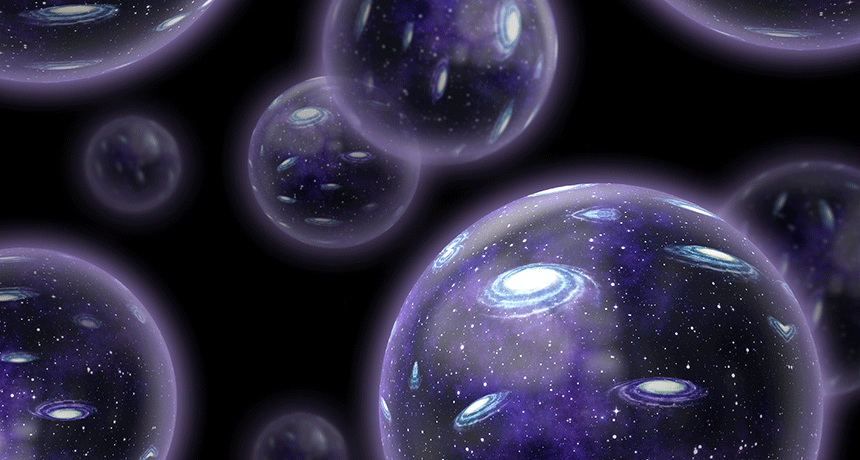 Space
SpaceScientists Say: Multiverse
The multiverse is an idea that there are many universes out there, including the one we live in. Each universe has an alternate reality.
-
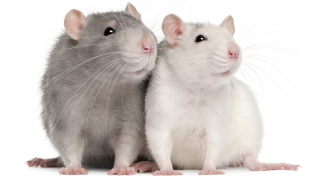 Brain
BrainThe immune system has a say in how hard ‘teen’ rats play
“Teen” rats like to wrestle. A new study shows the brain’s immune system might trigger changes that morph this desire for rough-and-tumble play into the calm of adulthood.
-
 Health & Medicine
Health & MedicineScientists Say: Quarantine
This is a restriction on where people or animals who are sick — or suspected of being sick — can go. Doctors use quarantine to try to prevent a disease from spreading.
-
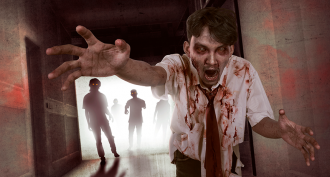 Microbes
MicrobesBacteria and bugs will save us from the zombie apocalypse
Don’t fear the undead. Here’s how the body’s cells, microbes and insects will eat a zombie before it ever goes looking for brains.
-
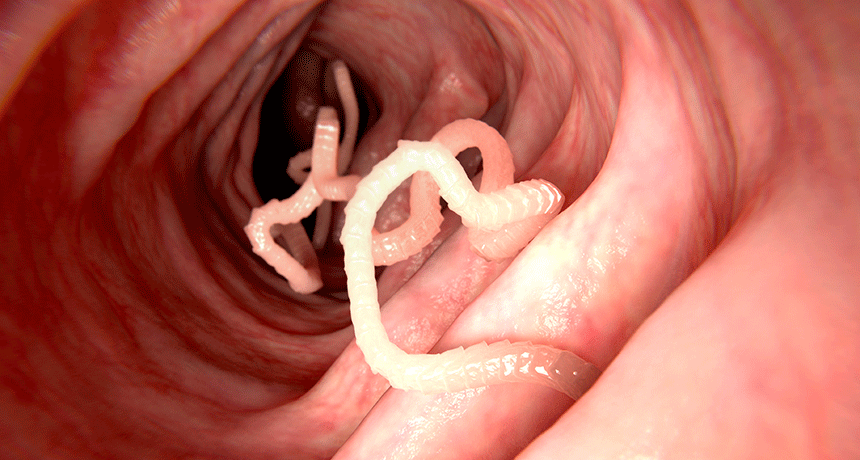 Health & Medicine
Health & MedicineScientists Say: Parasite
Lots of organisms live in pairs, benefitting from each other. But when one organism benefits while the other suffers? That first organism is a parasite.
-
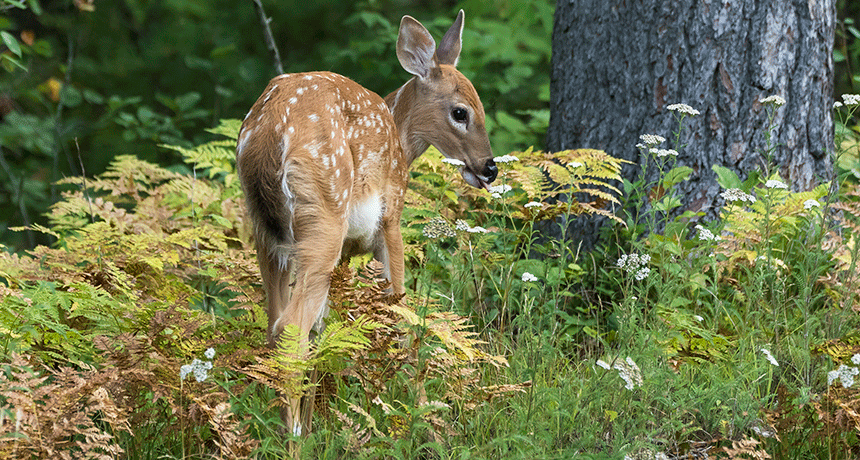 Ecosystems
EcosystemsScientists Say: Understory
A forest isn’t made just out of the tallest trees. Shorter trees and shrubs thrive in their shade. This layer is called the understory.
-

-
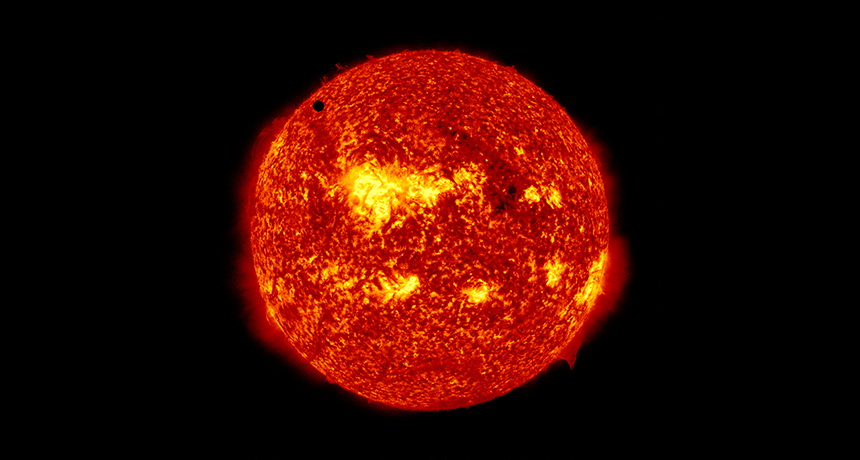 Space
SpaceScientists Say: Yellow dwarf
Yellow dwarf is a term used for a medium-sized star. Our sun is a yellow dwarf.
-
 Physics
PhysicsDoctor Who’s TARDIS is bigger on the inside — but how?
The TARDIS looks like a old police box on the outside. But on the inside, it’s got plenty of space. How does that work? It just takes a wormhole and a tesseract or two.